 (WSB photo from tonight’s meeting)
(WSB photo from tonight’s meeting)
By Tracy Record
West Seattle Blog editor
Here’s where the rubber meets the road – or the trains meet the rail – as the accelerated process of getting to a “preferred alternative” for Sound Transit‘s West Seattle/Ballard light-rail extensions moves forward.
ST has now refined the “themes” that emerged in early comments into early “alternatives” for routing/station locations that were shown, explained, and discussed at tonight’s Stakeholder Advisory Group meeting downtown. When the group meets again in a week, they’re expected to decide on the first-level recommendations they’ll forward to the Elected Leadership Group and Sound Transit Board.
Five “level 1 alternatives” were shown for the West Seattle segment – but a disclaimer, these are not the “finalists” necessarily. “Level 1” refers to which stage of the review process this is in, not their ranking. And a reminder – the SAG members are looking at the entirety of West Seattle to Ballard, and while we know the rest of the line is of interest to many here, especially SODO and Downtown, we are just focusing on the WS end. Here’s the full slide deck for everything covered in the meeting, including all the “level 1 alternatives” and the criteria used to rate them:
(Here it is in PDF on the ST site.) You’ll also see slides in which the criteria are explained, as well as each alternative’s ratings using those criteria – the darker the dot, the better. (We’ve broken the pairings down one by one below.)
Each segment review ended with a slide featuring its early alternatives, and other ideas, sorted into three categories – alternatives with more potential, alternatives with greater challenges, and not-practical suggestions (for example, as you’ll see below, for West Seattle, the latter included mentions of running light rail on the existing bridge and using a gondola for part of the route).
Each of the four segments was presented to the full group, followed by table discussions. Unlike last meeting, where each segment had its own table and SAG members rotated table to table, this time each table had about eight group members seated at it, and they stayed in their respective groups the whole night..
First: Sound Transit’s Stephen Mak went through the West Seattle segment. He showed the multi-line “concepts” from last meeting and how they were refined. And then, each of six alternatives and its ratings:
First (above), the original ST representative project and its main points – summarizing concerns and benefits (challenges included west end that’s not conducive to an eventual extension, difficult design/construction along Pigeon Point, neighborhood impacts beteen Avalon and Delridge, design/construction constraints through the Duwamish River area.
Second (above), “Pigeon Ridge/West Seattle Tunnel” – improved transition at Junction end, going a little further south on 42nd, to extend south in future; two tunnels and underground stations in Junction and Avalon, would cross the Duwamish further south and “avoid major Port areas.” The two tunnels would present potential “cost issues,” but this alignment has fewer curves so “performs better” regarding “operational constraints.”
Third (above), “West Seattle Bridge/Fauntleroy” – this one would avoid Pigeon Point, but would have an “isolated station, near port property” on the Delridge end; would affect properties along Fauntleroy; would have its Junction station around 38th, also turning south for a better future extension alignment. Also “avoids sensitive natural areas” like Longfellow Creek. Concerns would include the Delridge and Junction stations being on periphery of land-use centers rather than in the heart of them. It would raise concerns with effects on port and business operations on Harbor Island.
Fourth (above), “Yancy Street/West Seattle Tunnel” – this one would have a “long tunnel,” after “pass(ing) over Nucor” with an elevated station near Avalon/Yancy, the combination of Delridge/Avalon. This one too would avoid Pigeon Point. The station consolidation would raise concerns of serving fewer people, not directly serving land-use centers. But it would have fewer neighborhood impacts.
Fifth (above), “Oregon Street/Alaska Junction”: It would use Oregon to 44th in The Junction, with the station on 44th, pointing southward for future potential extension. This one also avoids Pigeon Point. It would have “good transit integration” at Junction station, and overall performs “generally similar to the representative project.”
Sixth (above) – “West Seattle Golf Course/Alaska Junction” – this one would scrap the Avalon station, and would include a “short tunnel with station under Alaska St.” It would affect the Golf course “which is a 4f resource, requires demonstrating no other prudent and feasible alternative.” 4f means the Federal Transit Administration “cannot approve the use of land from publicly owned parks” except in a couple circumstances
Now, here’s how they were ranked:
In summary, Oregon Street/Alaska Junction and West Seattle Bridge/Fauntleroy are considered to have “more potential,” with Pigeon Ridge/West Seattle Tunnel straddling the “has potential” and “has challenges” categories, in part because two tunnels “might require third-party funding.” The Yancy Street/WS Tunnel and WS Golf Course/Junction alternatives are considered to have “greater challenges.”
You can see the non-WS segments’ alternatives and evaluations by reviewing the complete slide deck toward the top of this report
WEST SEATTLE SEGMENT DISCUSSION: After the West Seattle alternatives were reviewed, and discussed at the tables, concerns and observations were reported out by spokespeople for each table. The first group mentioned concerns about Nucor’s future, Longfellow Creek and vicinity environmental impacts, and how the port would be affected. The second group said they all agreed a tunnel “is very important” in The Junction area, in part because they want to avoid traffic conflict with existing street users. The third group said it had discussed the Junction terminal location being important for future planning, interest in effects on other public lands including Delridge Playfield, wanting more information on the Duwamish crossing potentially interacting with a Superfund site, and interest in interacting with existing transportation networks, including bus routes and walkshed. The fourth group added that they were interested in the golf-course route if it didn’t eliminate a station, and overall their group considers it vital to keep all three stations “as promised.” Putting a station north of Nucor would mean a “terrible” walkshed, they added.
SO NOW WHAT? Next week – 5-8 pm April 24th – the questions they are expected to answer:
-“Are there alternatives we can safely take off the table?”
-“Are there alternatives we can safely move forward?”
-Are there refinements that can be made to the alternatives?
SIDE NOTE – EVALUATION CRITERIA CHANGES: These are in the slide deck above, too. Toward the start of the meeting, ST exec Cathal Ridge ran through some verbiage changes here. A few of note, adding “station area” to land-use-plan consistency, and looking at local land-use policies as well as plans. Biggest changes were for the criteria regarding how to “preserve and promote a healthy environment,” adding “economy” as well as a list of “economic effects” to consider, including “freight movement and access on land and water” as well as, in environmental effects, “burden on historically undereserved populations.”
PROCESS RECAP: Ridge also showed the timeline “road map” again:
He noted that “right now we’re at the tail end of Level 1,” screening alternatives they hope to take into Level 2, which would involve the first round of technical analysis. The deadline for a “preferred alternative” continues to be “early 2019.”
Other quick notes:
EARLY SCOPING RECAPPED: As reported here Monday, the full report on the “early scoping” period comments is out. It was not extensively recapped or discussed tonight, though.
NEIGHBORHOOD FORUMS: These are official ST-convened events and they start next Saturday in the International District. West Seattle’s first one is 10 am-12:30 pm May 5th at the Masonic Center (4736 40th SW).
P.S. – OTHER LOCAL DISCUSSIONS: This was not mentioned at the SAG meeting, but we are noting in case you are interested that Sound Transit reps are scheduled to bring an update to the next Junction Neighborhood Organization meeting, 6:30 pm April 26th at the Senior Center/Sisson Building (4217 SW Oregon).









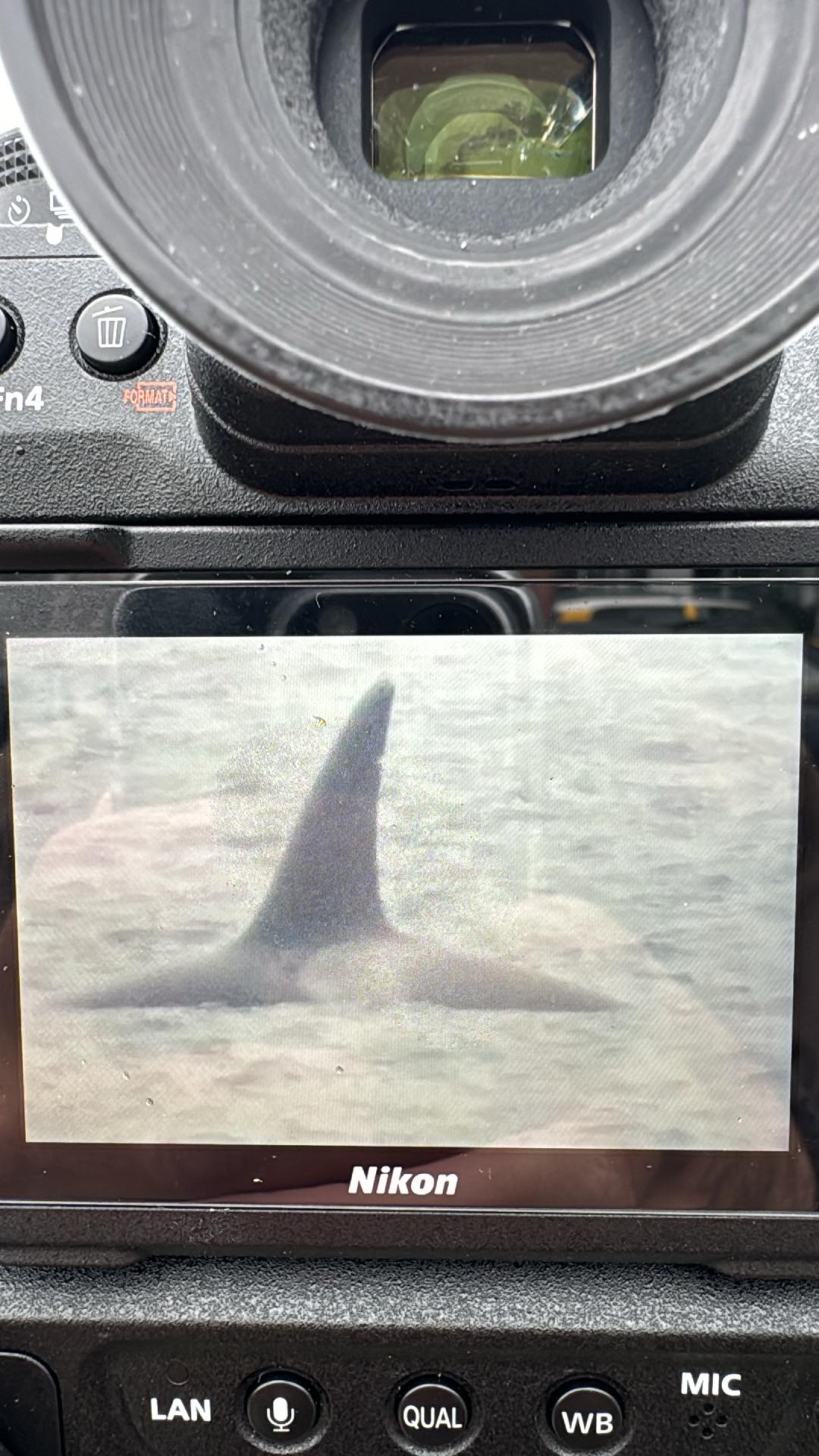
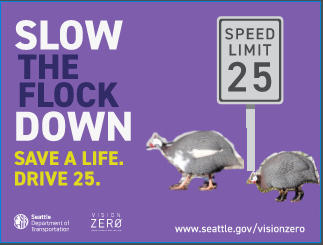
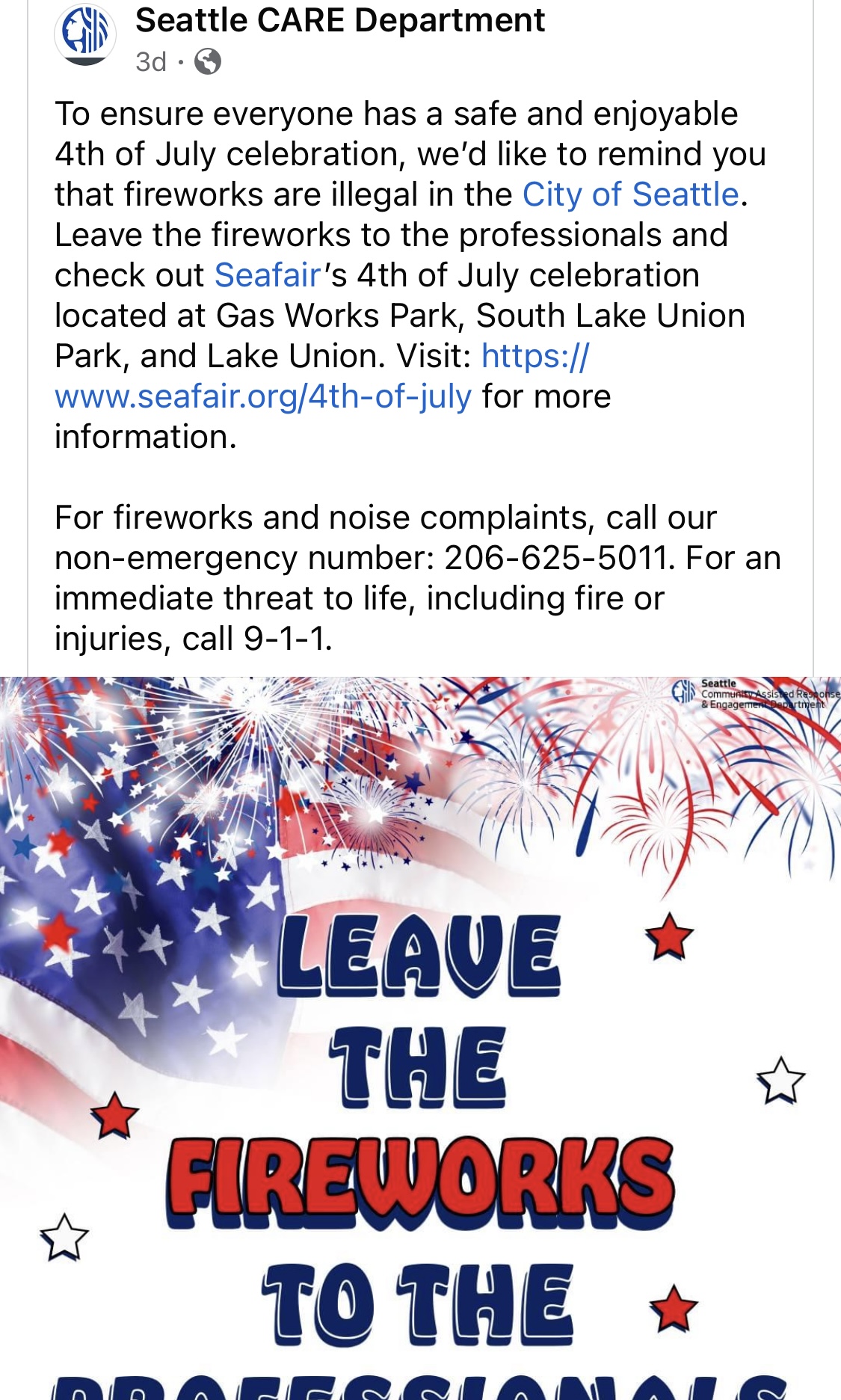
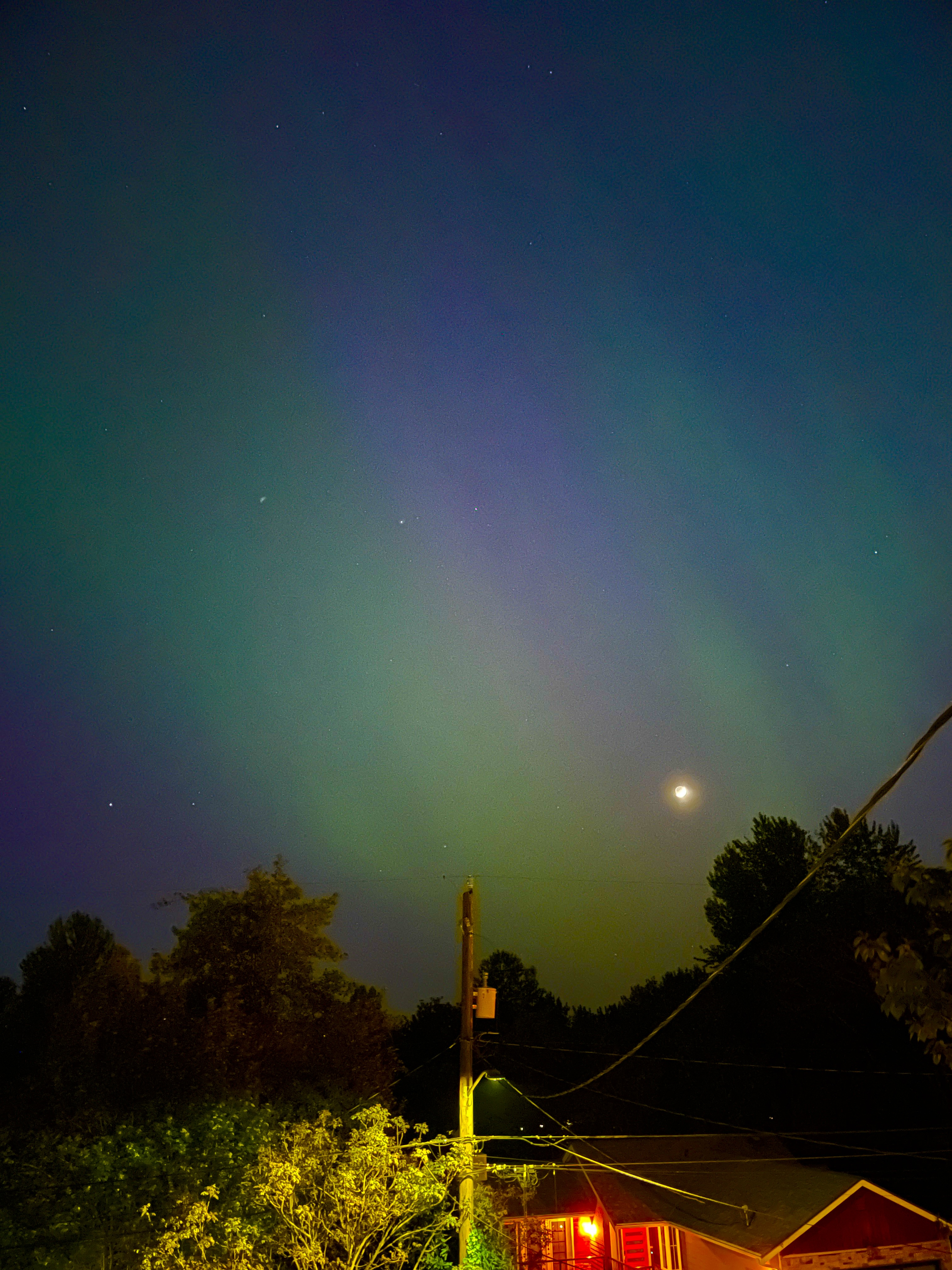
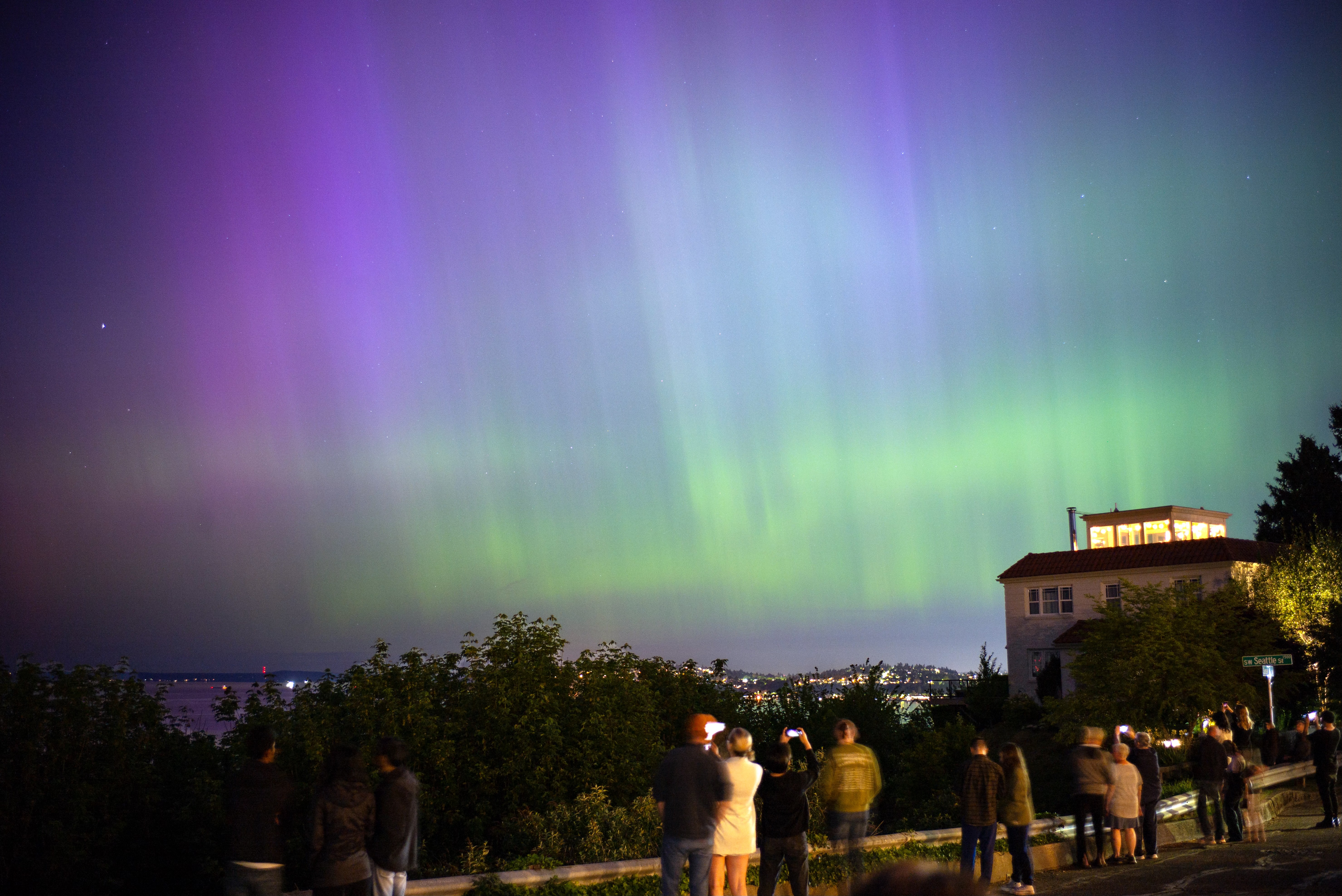
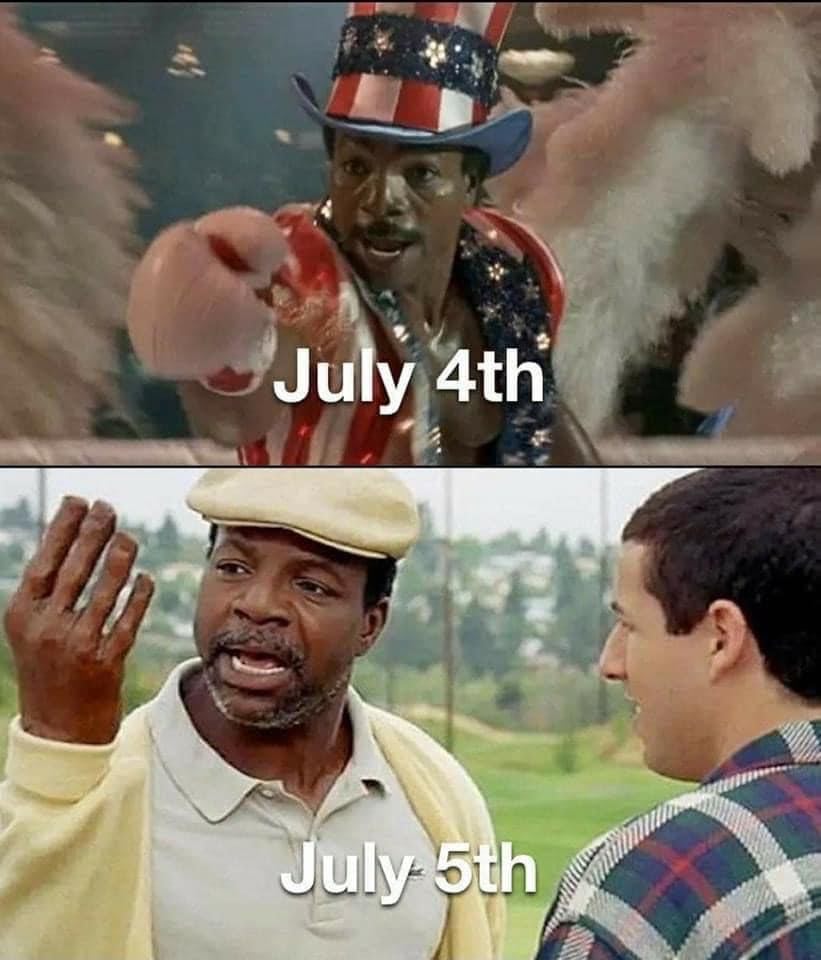
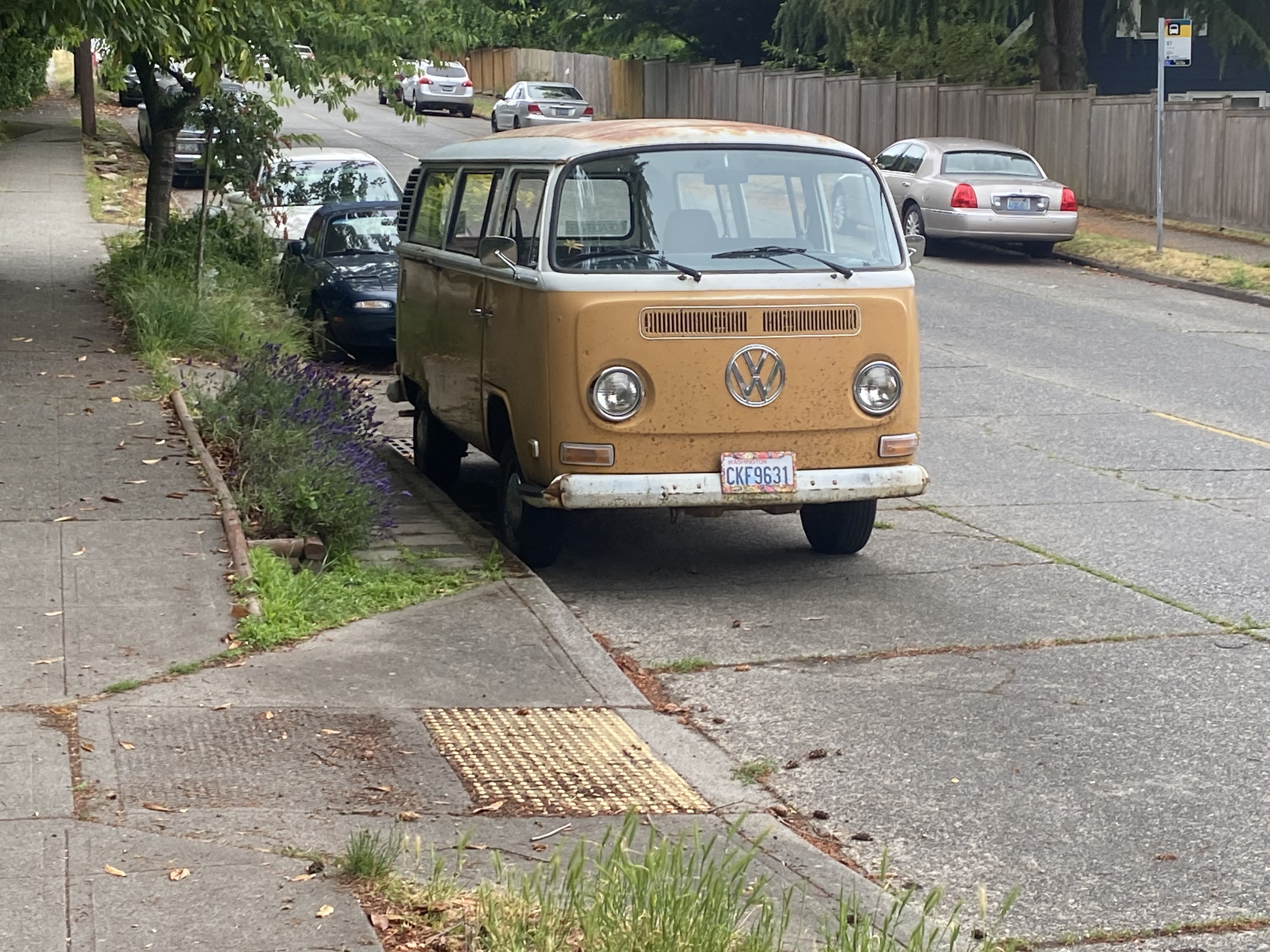

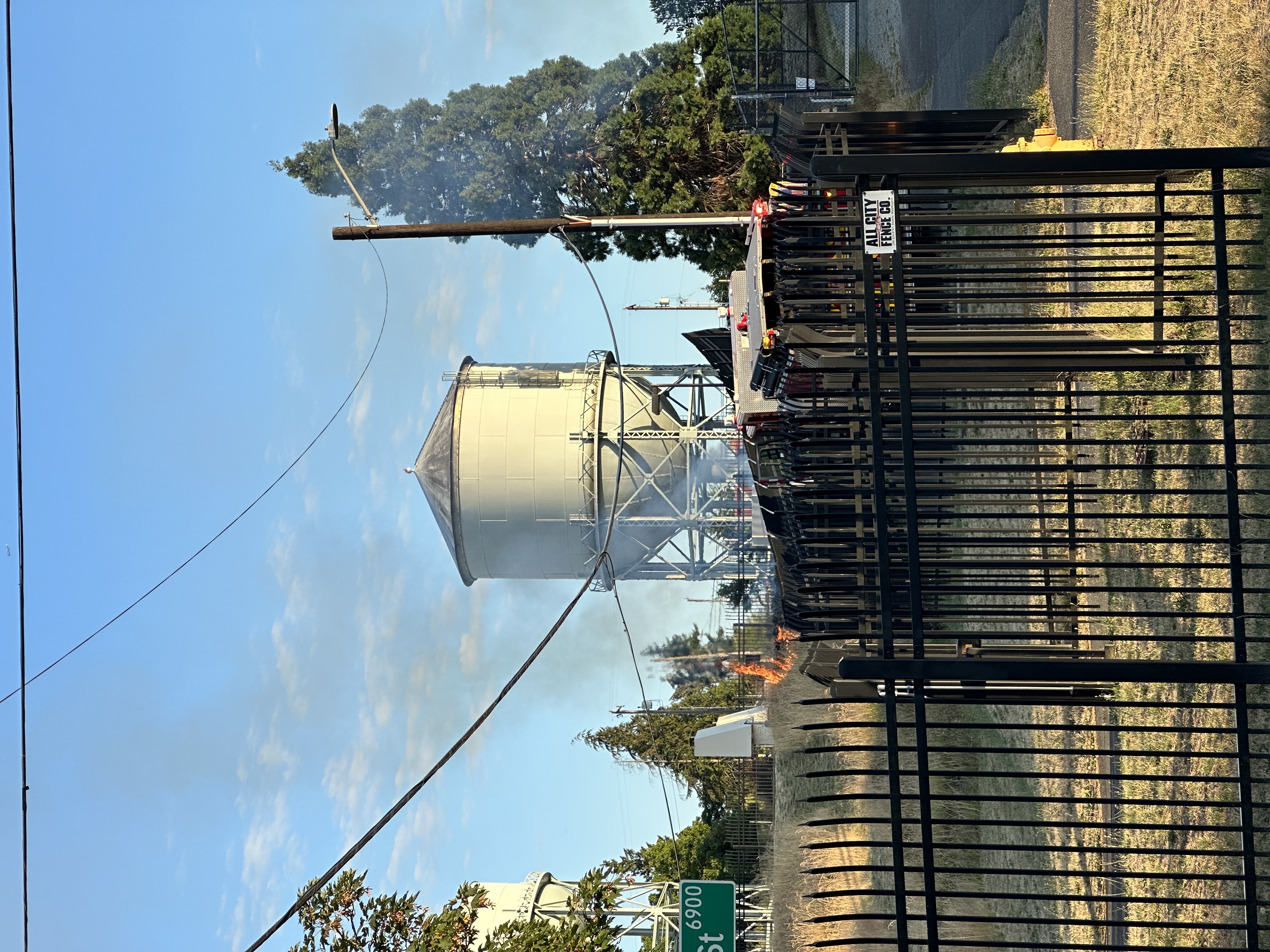
| 52 COMMENTS